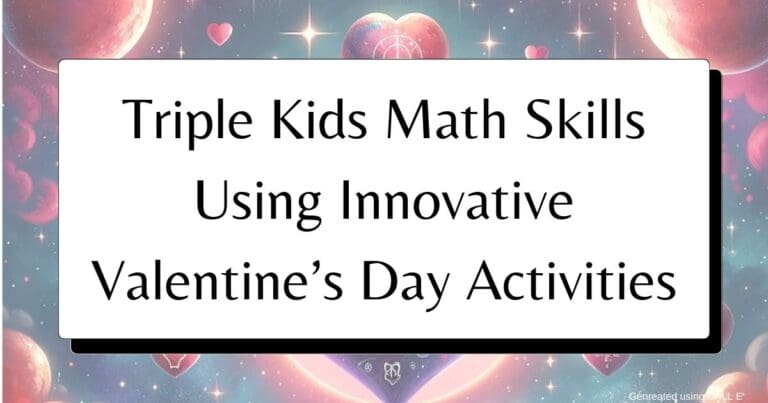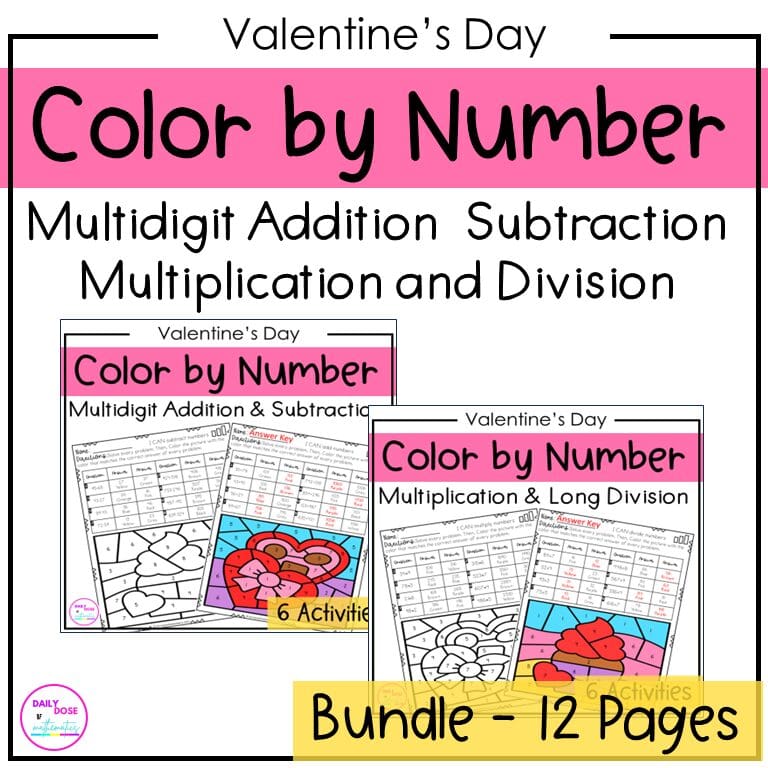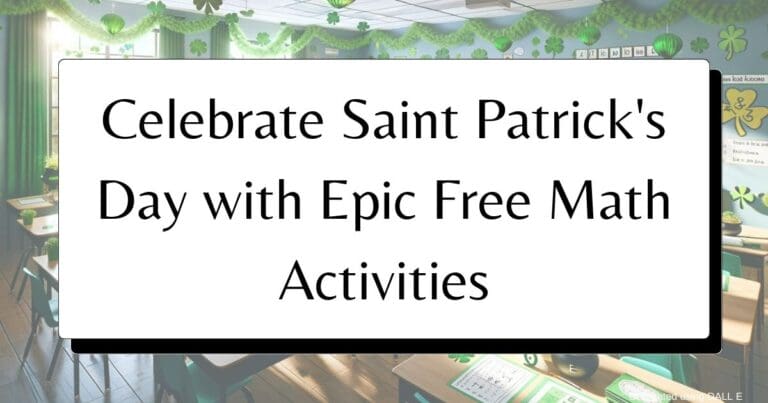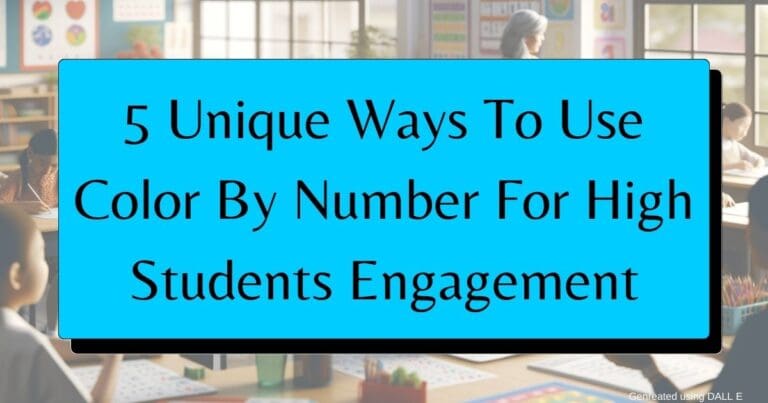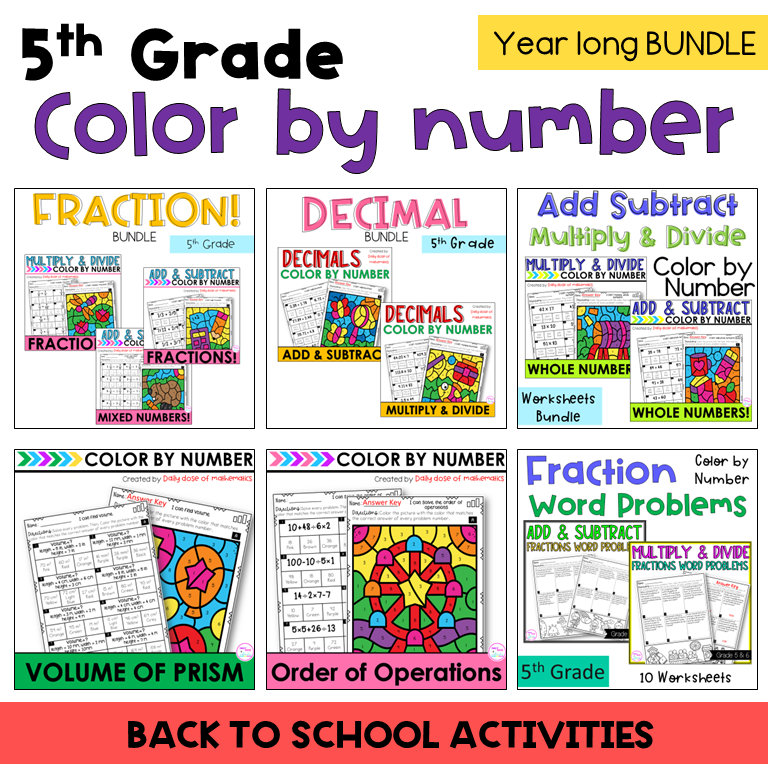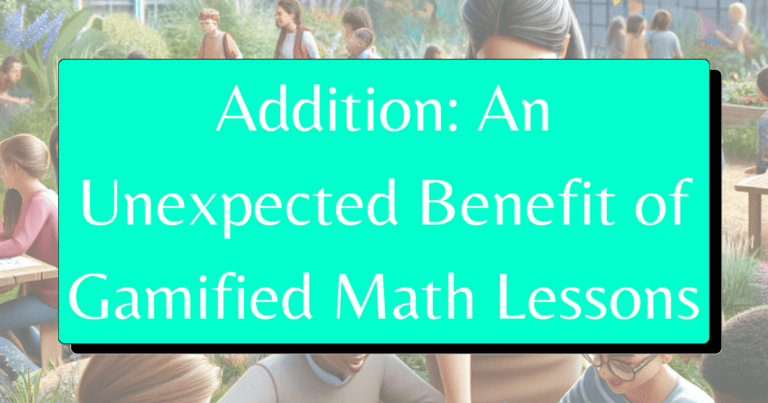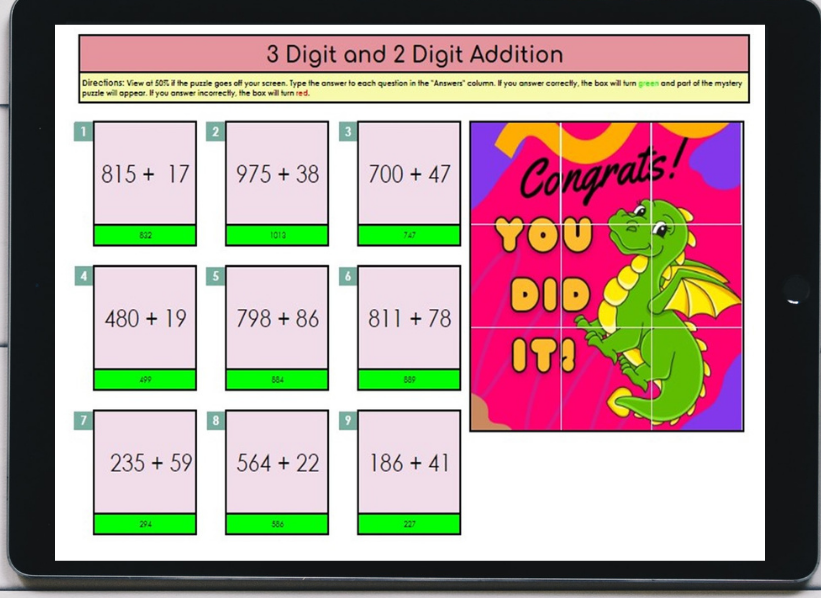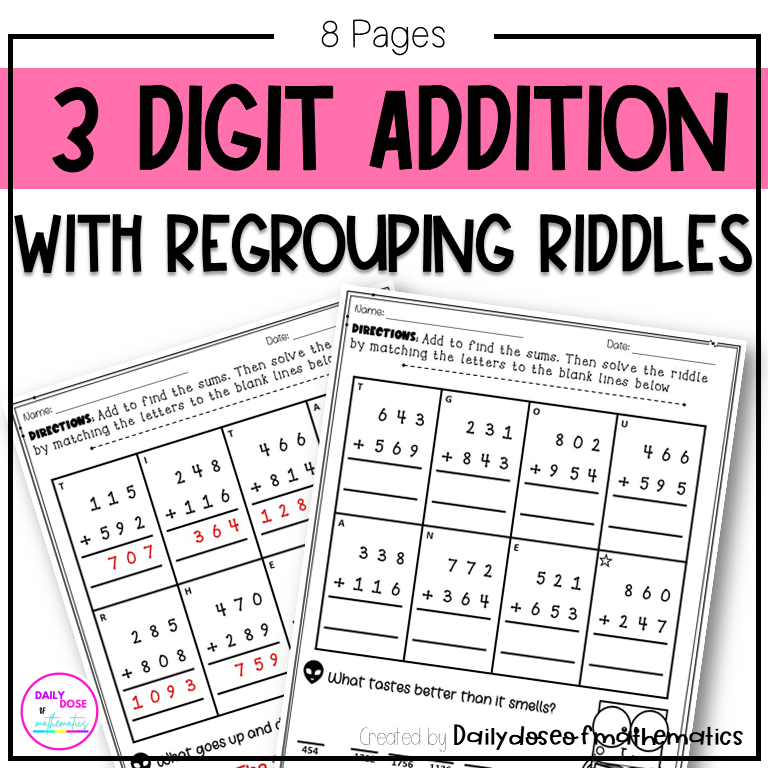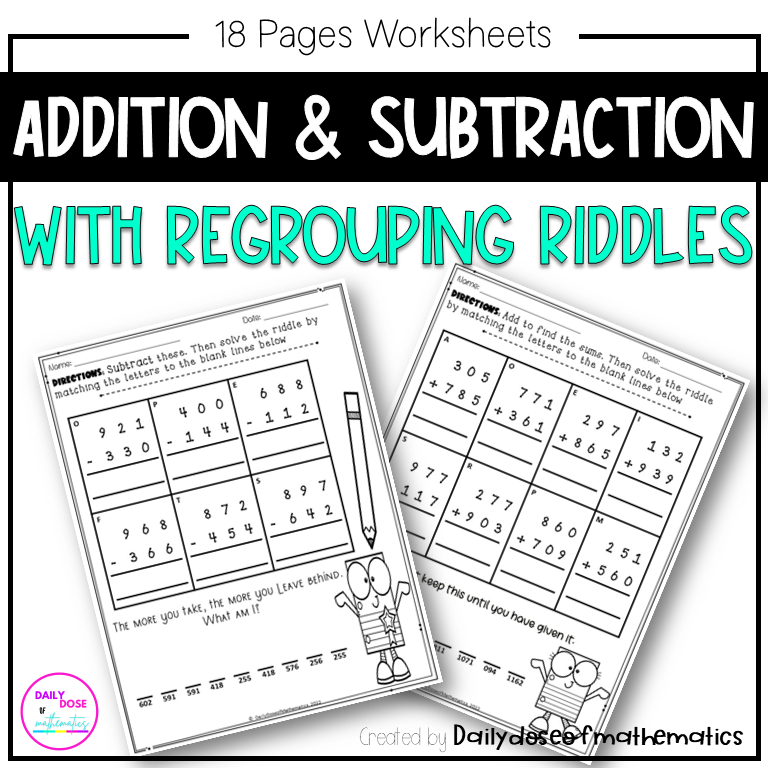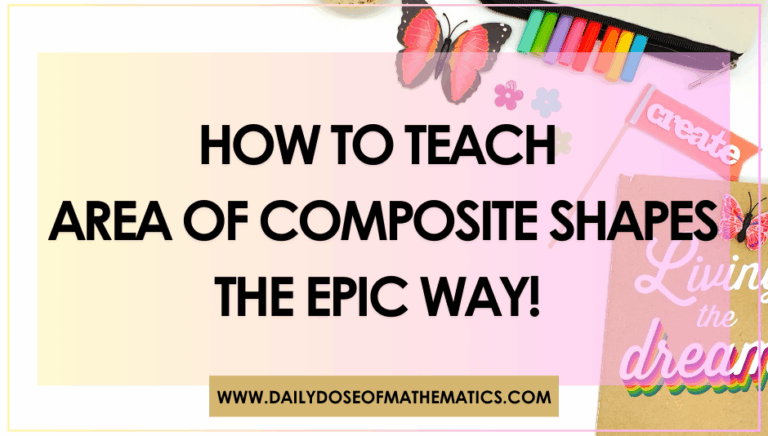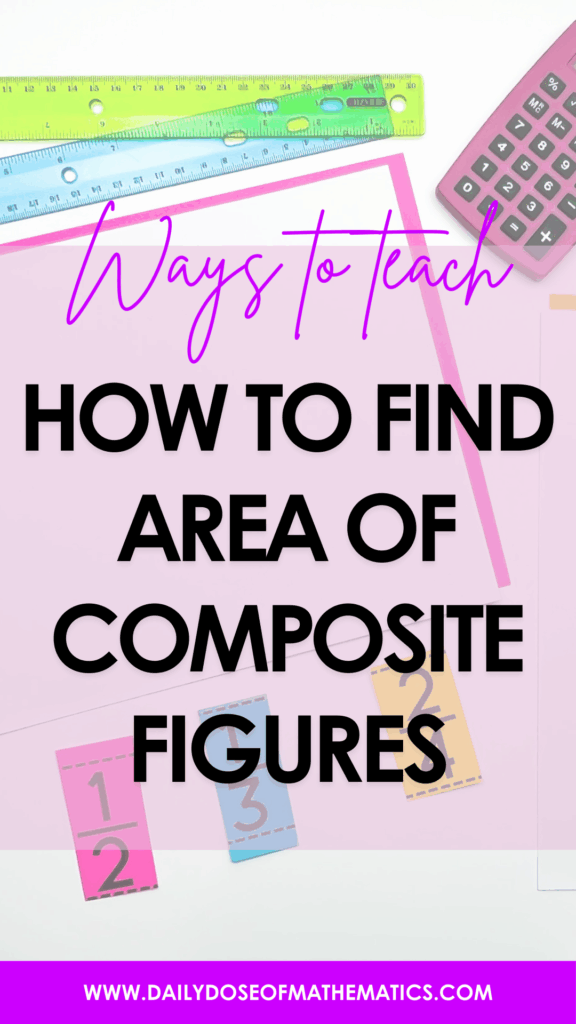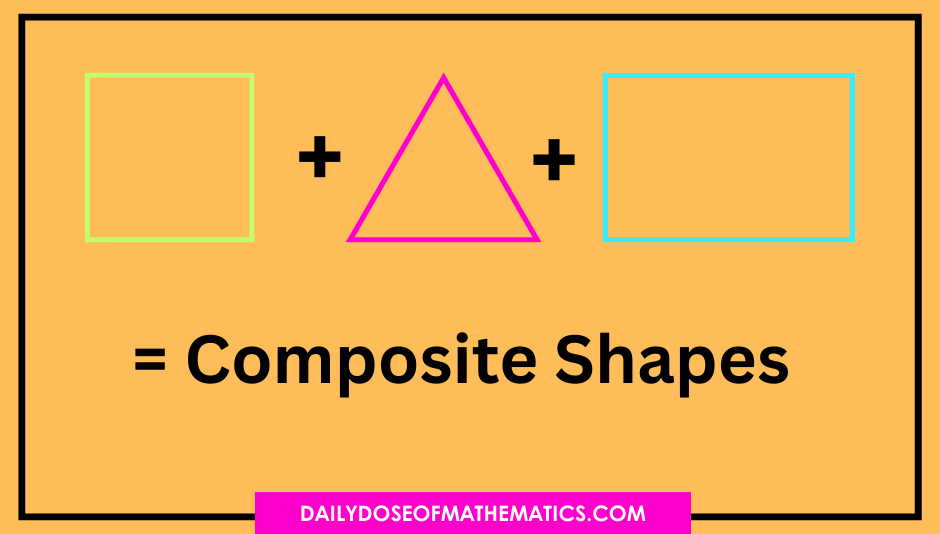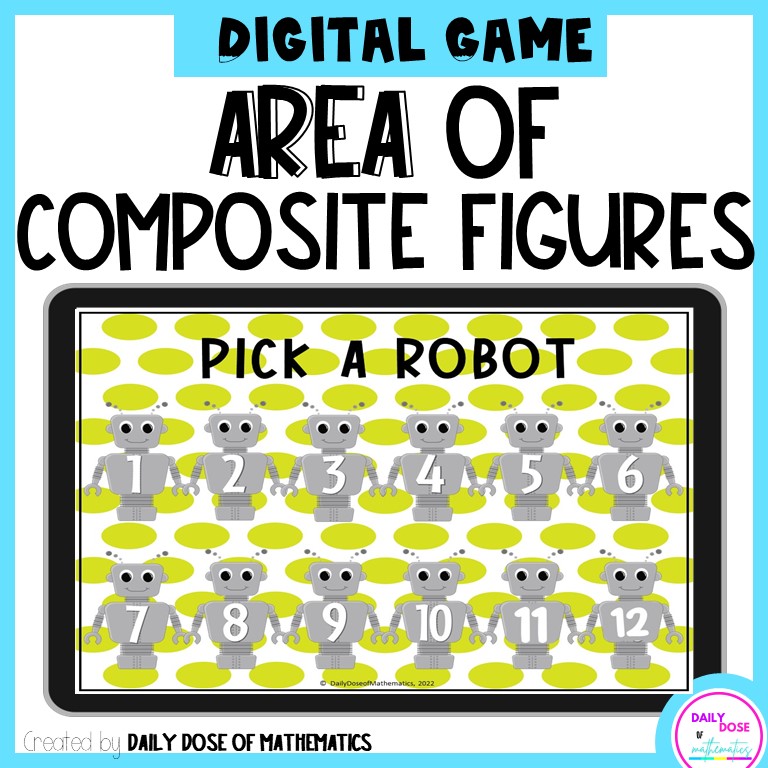Skyrocket your Elementary Kids math learning using Innovative Valentine’s Day Activities To Triple Their Skills
Do you want this Valentine’s Day to be the best math learning day for your kids while adapting fun and educational activities for your lesson? I got you covered so you do not have to spend a lot of your precious time thinking about what to plan for the day. In this post, I will discuss a wide variety of Valentine’s Day activities including puzzles, color-by-number games, and interactive math games, which not only captivate students’ attention but also help them learn essential math skills.
Want to know the best part? You don’t have to do anything except for taking the printouts and handing them over to your students. Good deal, right?!
Spread Math Love using Valentine’s Day Fraction Puzzles and Reinforce the Skills!
Puzzles are a great way to incorporate hands on experience in your teaching. You can use simple sorting puzzles like these Valentine’s Day adding and subtracting fractions with unlike denominators to develop math skills while providing them with gamification to enhance their learning experience. These puzzles provide a playful approach to problem solving and encourage interactive learning. You will enjoy watching your students observe how the puzzles combine to create beautiful Valentine’s Day themed images.
These activities not only enforce the faction operations skills but also help in developing a collaborative environment where kids learn to work alongside their peers and have to develop teamwork and enhance their social skills.
Engaging Valentine’s Day Activities with Word Problem
I get how difficult it can be to make kids understand and practice word problems on top of that pair it with plain boring worksheets and all you get is a recipe for disaster in class. So, how do you manage to keep students excited while keeping your lessons on point and still moving the needle? Try using fun and interactive worksheets with a touch of coloring to increase focus while staying on track.
Don’t have time to create one, no problem I have done all the grunt work for you and created this highly intriguing Valentine’s Day-themed activity “Addition and subtraction activities along with word problems”. It’s a perfect way to exercise your students’ 3 digit addition and subtraction problem solving skills in a love filled way! These activities have an enjoyable twist on the traditional learning word problems. Your students will enjoy this one and so will you.
Valentine’s Day Solve the Room Activities
Why worry about making students get tired or bored while practicing math? Why not use some unconventional ways to keep our math classes mesmerizing while challenging students at the same time? The “Valentine’s Day Solve the Room” activities are designed to do just that.
These Solve the Room activities cover basic math skills like 2 digit addition subtraction along with 2 digit multiplication and division. Use them and see kid’s faces lit with joy. All you have to do is put the question cards around the room and students need to find them, solve them, and record the answers in their record sheets.
The mere activity of walking and solving math turns it into an amusing and delightful physical experience! Students get so engaged and it’s captivating to watch them calculate and get excited!
Color By Number Activities: A Great Way to Integrate Art and Math.
For you teachers out there, do not forget to try out Color By Number Activity during the season of Love! It’s not only perfect for kids who love coloring, but the Valentine’s Day theme makes it even more fun and relevant for February.
The activity is a perfect combination of art and math. While coloring and designing something beautiful, students can learn basic addition and subtraction skills. And, the best part! they get to create a gorgeous piece of artwork that you can then hang in the hallway as a reward! It’s a win-win for both learners and teachers.
Try out these activities as a way to make math enjoyable and intriguing for students, while also keeping the holiday spirit alive. With these activities, students will have the chance to learn these topics and practice the essential skills, while having fun.
Moreover, these are great to break up your typical lesson plans and add a fun and lively aspect to your classroom. So, take advantage of these holiday-themed math activities to keep your students engaged and motivated to learn!
By the way if you like this activity you might want to check out adding and subtracting decimals activities 5th grade.
Fun Multiplication and Division Independent Activities Pack
Do your kids struggle with poor working memory while reviewing math multiplication or division facts? Do their weak mental math skills frustrate you? Try using interactive activity – it’s super fun and educational! Incorporating this packet into your teaching arsenal could revolutionize the way your students perceive math. No longer just numbers on a page, math becomes a gateway to creativity, problem-solving, and festive fun. It’s an excellent way to maintain academic rigor while also acknowledging the season, making it a win-win for teachers aiming to keep their lessons fresh and students motivated.
Want to get the insider’s Fun? Join the Club here!

